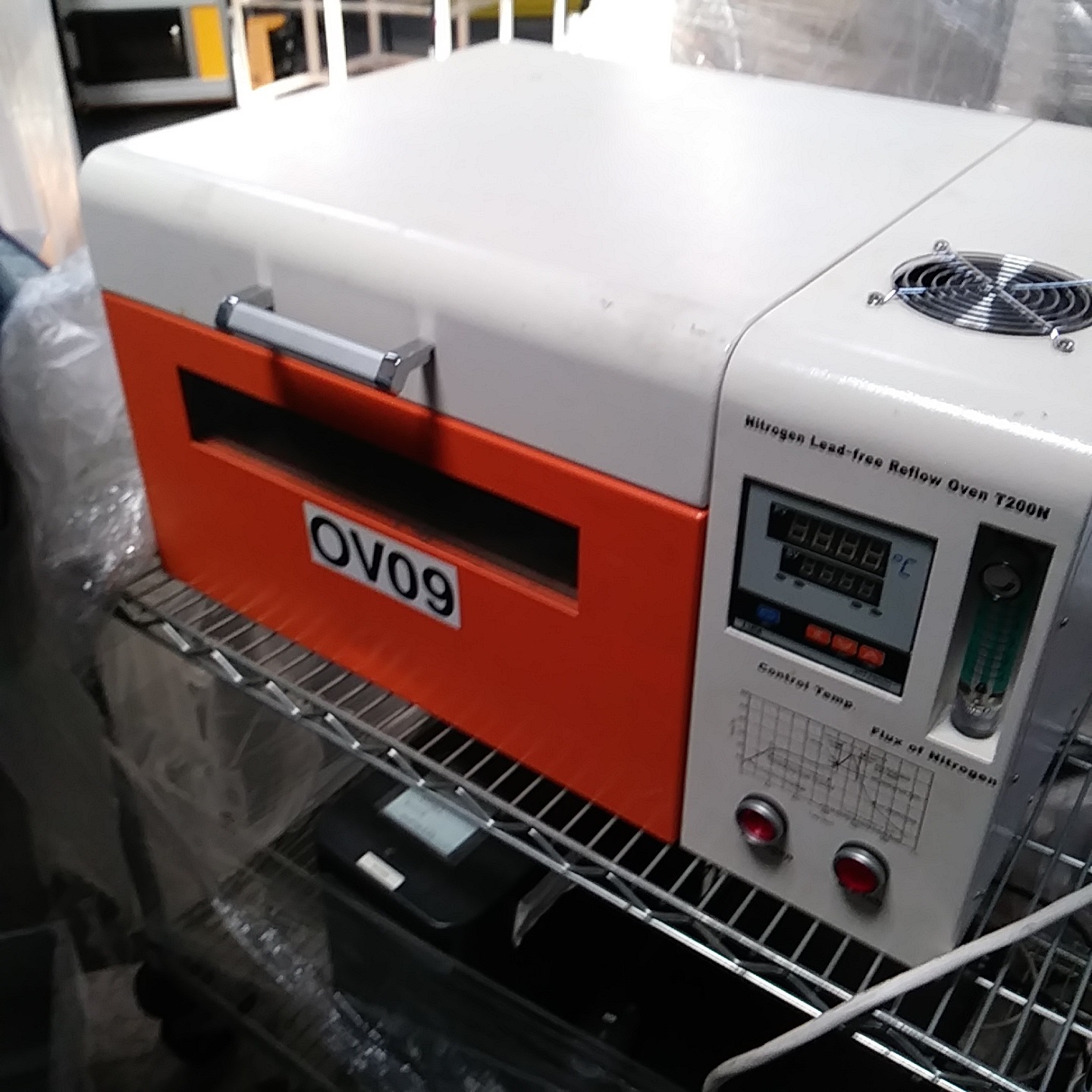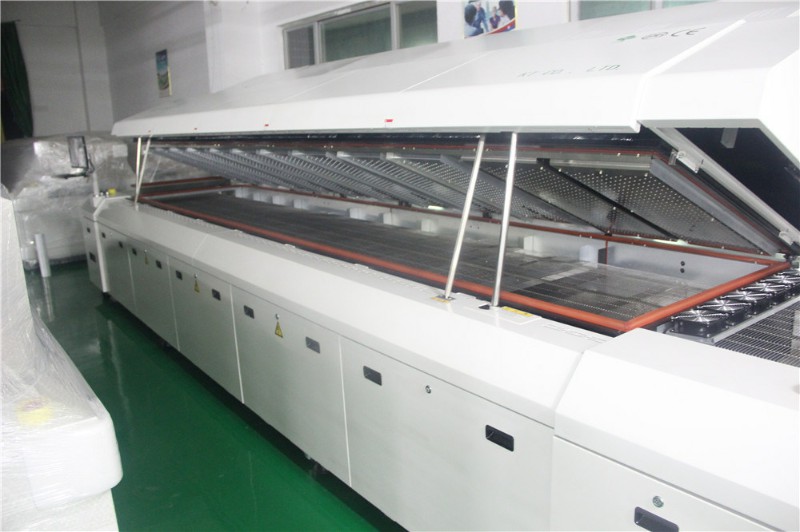
Lead-free printed-circuit-board (PCB) assemblies were carried out using different foot print designs on PCBs, solder paste deposition volume and reflow profiles.

#REFLOW OVENS CRACK#
Failure modes of solder joints were analyzed to determine the effects of process conditions on crack propagation. In this study, microstructure evolution at intermetallic interfaces in SnAgCu solder joints of an area array component was investigated at various stages of a thermal cycling test. Finally, the model established in this article is discussed and analyzed, the model established is comprehensively evaluated, and the direction of promotion is proposed. The furnace passing speed of the conveyor belt is 88.5 cm/min, the minimum area is 494.9☌, and the average deviation degree is 0.1749. The temperature in the small temperature zone 10-11 is 25.1☌. The temperature in the temperature zone 7 is 226.7☌, and the temperature in the small temperature zone 8-9 is 261.2☌.

The optimal solution obtained by genetic algorithm is: the temperature in the small temperature zone 1-5 is 183.4☌, and the temperature in the small temperature zone 6 is 188.9☌. The smaller the value, the better the symmetry. The average deviation degree is defined to measure its symmetry. For question four, this question is based on the third question to make the area covered by the furnace temperature curve exceeding 217☌ to the peak temperature to be the smallest and the furnace temperature curve of the part exceeding 217☌ is as symmetric as possible. The furnace passing speed of the conveyor belt is 95.2 cm/min. The temperature in the small temperature zone 10-11 is 17.9☌. The optimal solution obtained by genetic algorithm is: the temperature of small temperature zone 1-5 is 181.2☌, the temperature of small temperature zone 6 is 198.5☌, the temperature of small temperature zone 7 is 226.6☌, and the temperature of small temperature zone 8-9 is 263.9☌. It takes the temperature of each temperature zone of the reflow furnace and the furnace passing speed as decision variables, the process limit is the constraint, and the furnace temperature curve exceeds 217☌ to the minimum area covered by the peak temperature as the optimization goal. For the third problem, this is a multi-decision variable single objective optimization problem established on the basis of problem one. The maximum speed obtained is: 92.478cm/min. The traversal algorithm traverses the conveyor belt passing speed in the range of with a step length of 0.017, and searches for the maximum passing speed that satisfies the constraints. As for the second problem, this task is a single-objective optimization problem, that is, based on the first task model, the temperature setting of each temperature zone is changed, the process limit is used as the constraint condition, and the maximum passing speed of the conveyor belt is the optimization goal. Among them, the temperature at the center of the small temperature zone 3, 6, 7 and the end of the small temperature zone 8 are 130.09☌, 167.33☌, 189.67☌, and 223.01☌. In this law, the furnace temperature curve can be obtained by substituting the conveyor belt passing speed in problem 1 and the set value of each temperature zone temperature into the welding zone temperature change model.

0.02%, indicating that the required thermal time constant is better. The obtained thermal time constant is replaced with the temperature change model of the welding area, and the furnace temperature curve is simulated. Substituting the passing speed of the conveyor belt and the temperature of each temperature zone in the transitional experiment into the model, and substituting the relevant data of the experiment, the thermal time constant of five types of different temperature zones is calculated by the genetic algorithm.

According to Newton’s cooling law, the temperature change model of the welding area is established. To solve the first problem, we assume that the temperature of each small temperature zone is stable, establish a one-dimensional alternating heat exchange model, determine the temperature distribution of each gap and the area before and after the furnace, and obtain the temperature distribution of the entire reflow furnace. Through the use of traversal algorithm and genetic algorithm to solve the optimal temperature of each temperature zone of the reflow furnace and the optimal speed of the conveyor belt passing the furnace, in order to achieve the optimal control of the furnace temperature curve. Aiming at the optimization problem of furnace temperature curve, this paper establishes a one-dimensional heat transfer model to determine the temperature field distribution of the reflow furnace uses the law of thermodynamics to establish a temperature change model for the welding zone.


 0 kommentar(er)
0 kommentar(er)
